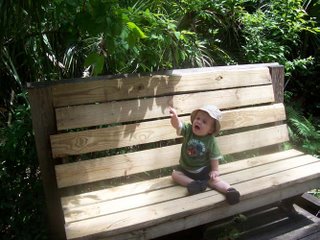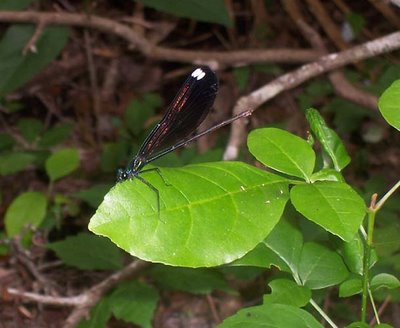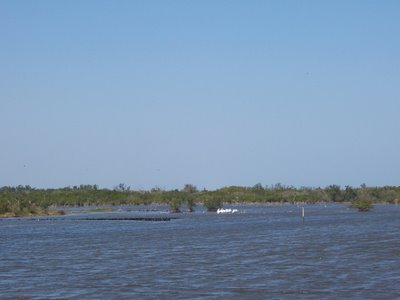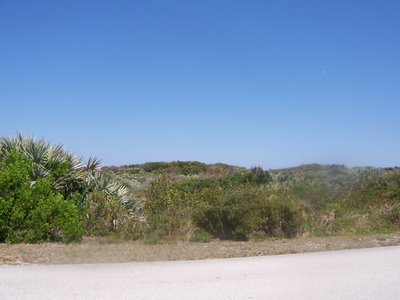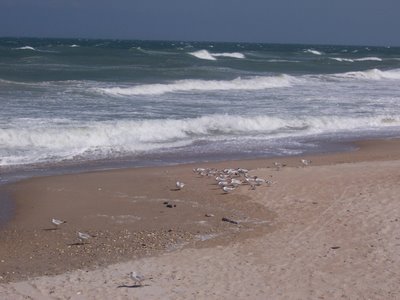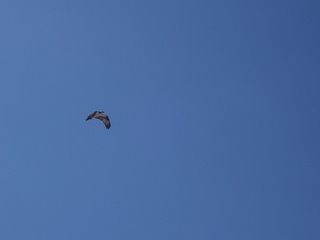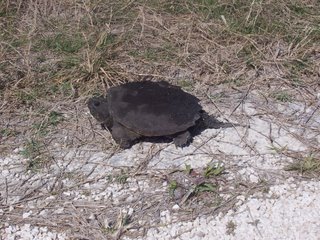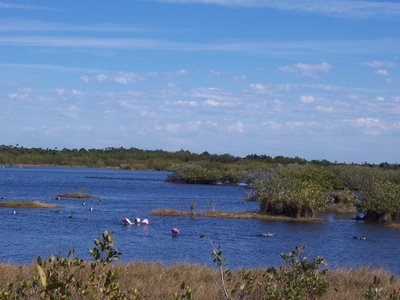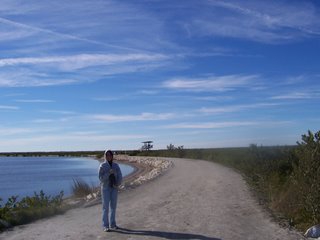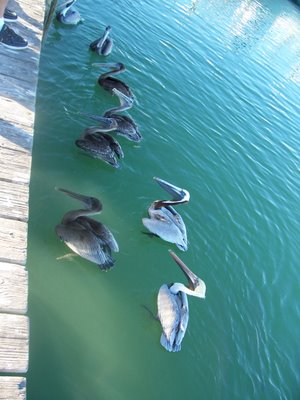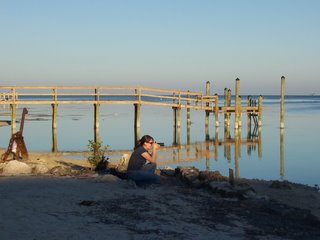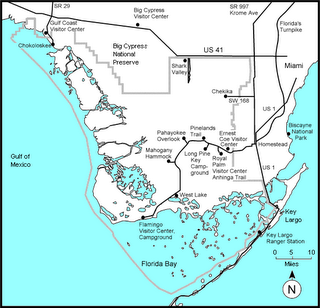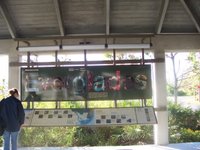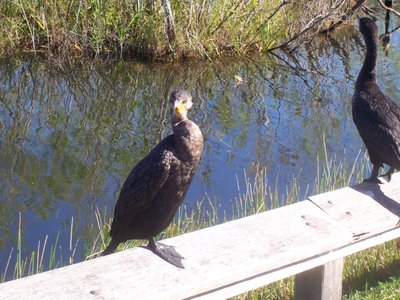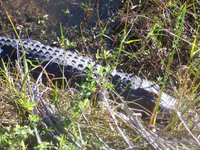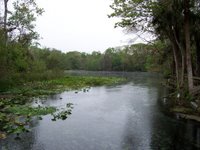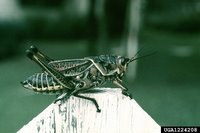July 25th, Our first day in Alaska!
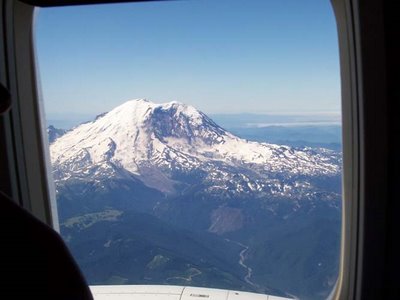
It was about 3.5 hrs to Anchorage from there. Unfortunately there was a lot of cloud cover, so we only caught glimpses of the Chugach mountains and muddy sections of Turnagain Arm at low tide. What we managed to see was breathtaking though.
My Aunt, Uncle and cousins picked us up at the airport. What a treat! After a brief
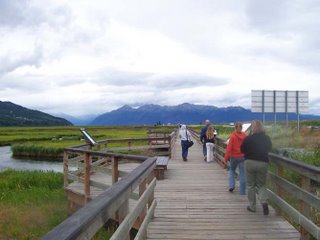
stop at their lovely Anchorage home, we headed to Potter Marsh for some waterfowl viewing. Yay! What gorgeous scenery.
We saw a beautiful female greater scaup with her little fuzzy ducklings, a northern shoveler female, tons of black ducks and a couple of red necked grebes! I took photos with my big camera, but messed up the film. :( bummer. We also saw some of those famous Alaska salmon! We were so lucky to see two sockeye in the midst of spawning! The female was hovering over a particular spot and every now and then would turn on her side to furiously brush it with her tail. My uncle explained that she was trying to clear her nest spot to lay her eggs. The male was hovering near, aggressively defending against some investigating pink salmon. (At least I think they were pinks. Am I right Uncle Andy?)
My Uncle also indicated that the the salmon only develop the red color, hump and beak-like mouth when they come in to spawn. The extremely dark red of the male was a sign that he was nearing the end of his life. As soon as he fertilized the eggs, he would die. To come the whole way into the marsh from the ocean without eating only to spawn and die... amazing.

I know this is a wildlife blog, but I have to discuss food as well. I just can't help myself. Back at the house, the Aunt and Uncle cooked up a scrumptious meal of fish like I've never had. There was cedar smoked sockeye salmon with black pepper, halibut in an asiago cheese mixture and some yummy veggies and rice. I have never had salmon that I've loved. Now I know that's because I've only had salmon in the "lower 48." There is no way it ever compares with fresh caught Alaskan Salmon. It was dark red with a light cedar flavor and came off in tasty chunks. The halibut was so rich and full that it was almost a dessert! Yum. Ron was so sad that he was too stuffed to eat more. Thanks for the awesome food guys! Tomorrow - the incomparable drive to Denali National Park.
